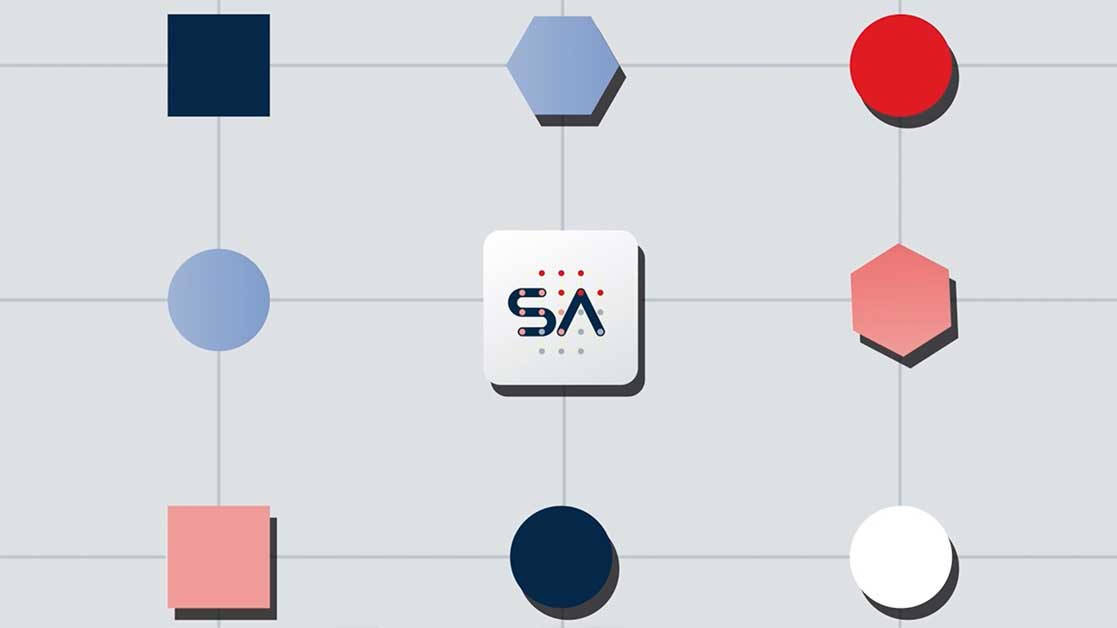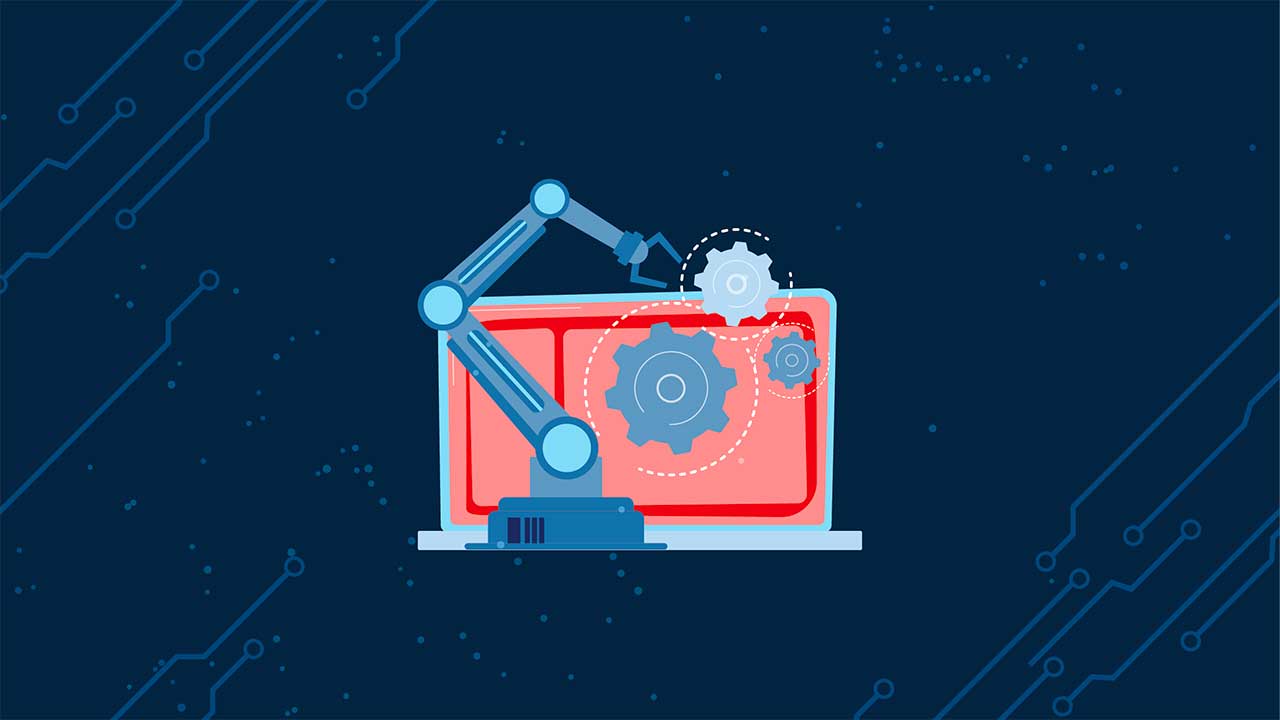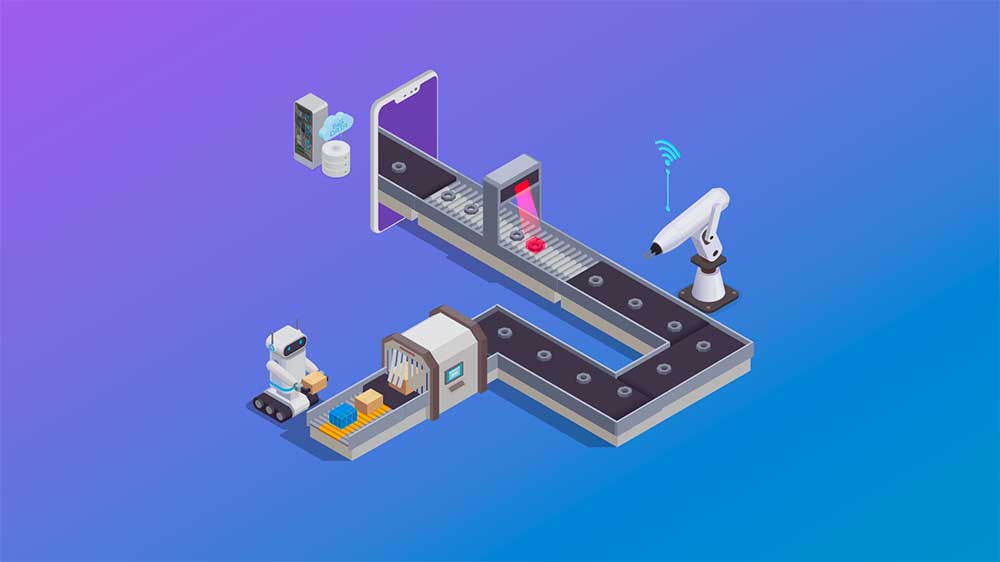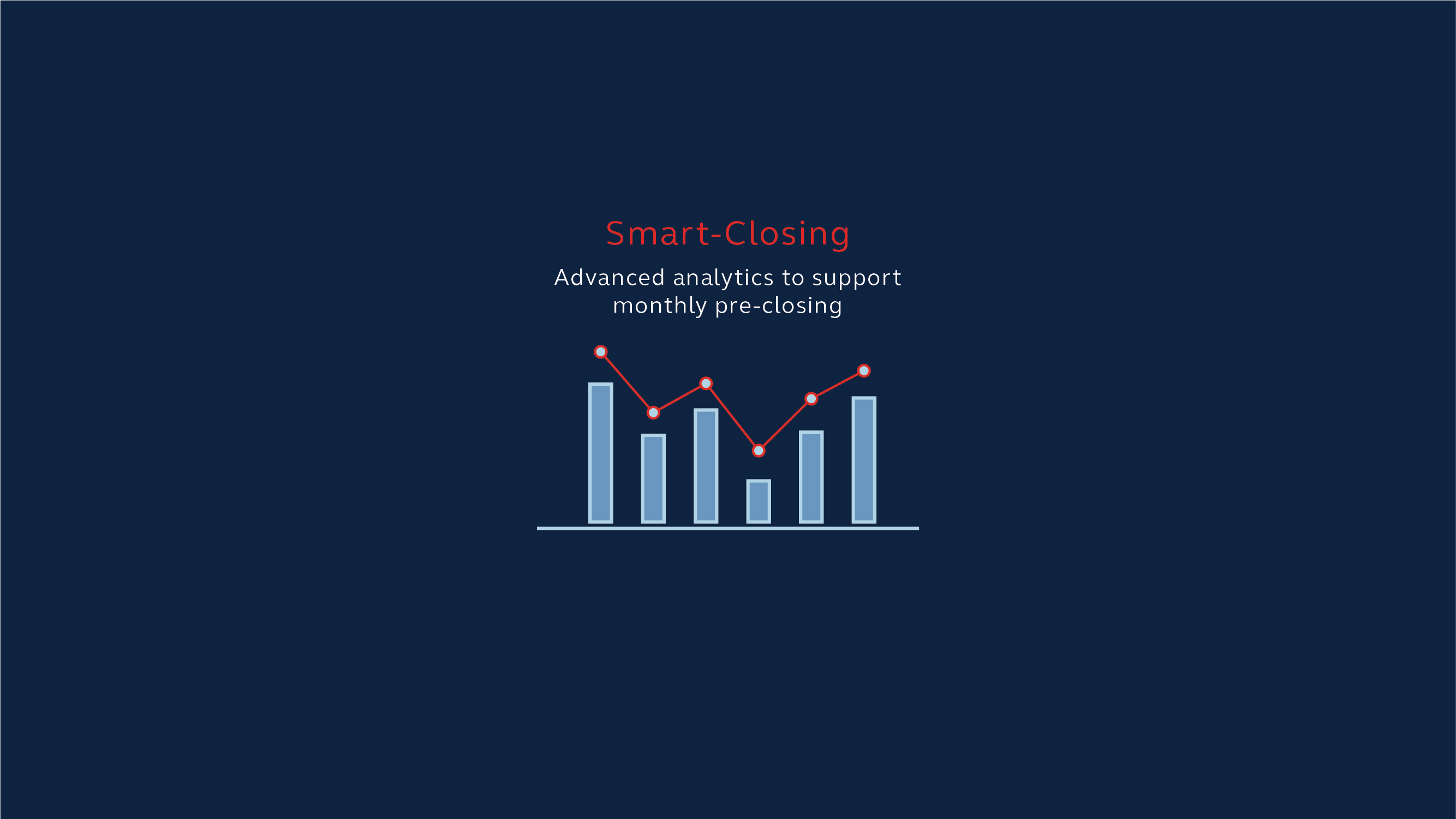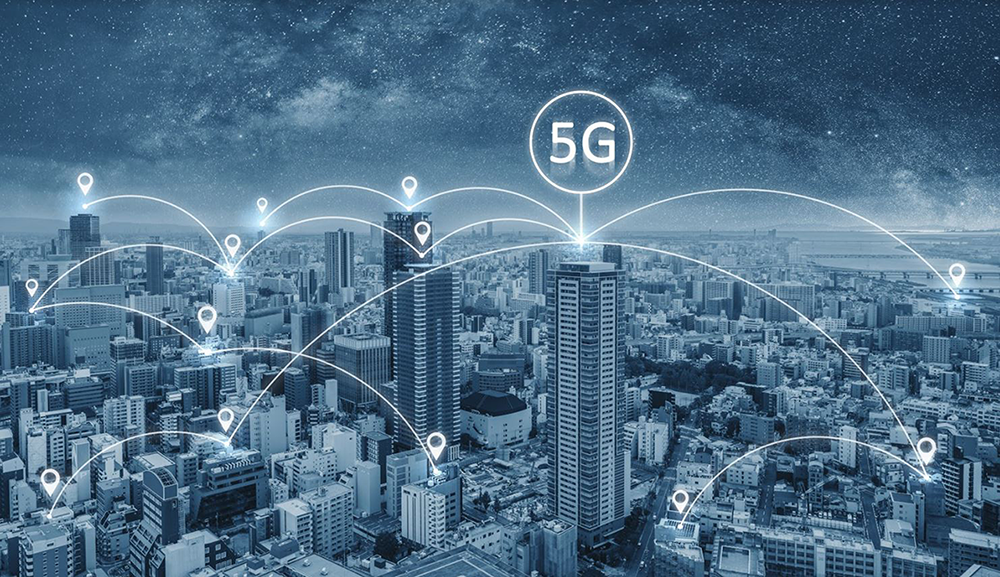As artificial intelligence (AI) continues to evolve at an unprecedented pace, questions are beginning to emerge about how the technology can be used to solve grand societal challenges. Nowhere is this more pronounced than energy optimisation and climate modelling. Case in point, this summer the UK government announced it would be investing in ‘green AI innovations’ – the latest gambit in a mission to accelerate industrial decarbonisation across the country.
The race to net zero is on, and there’s little doubt AI will have a part to play. From predicting solar panel output to optimising the generation of energy from wind farms, this technology is already revolutionising the green tech landscape by driving efficiency, reliability, and innovation.
Changing the narrative around renewable-powered energy grids
Historically, the energy market has relied on control room expertise developed over decades of managing predominantly static energy networks. The interconnected nature of these networks, coupled with the possibility of small decisions within one element causing ripple effects, often raises questions about efficiency. Consequently, this has led to the perception that networks dependent on renewable energy are somehow unreliable or difficult to manage. That narrative is about to change.
The use of digital twin technology, powered by AI and the Internet of Things (IoT), is helping to address the challenges of integrating low-carbon technology. These real-time digital replicas of physical networks enable control engineers to monitor, analyse, and predict network behaviour, ensuring optimised energy distribution.
AI-driven predictive algorithms also assist asset engineers to plan maintenance schedules, reduce unplanned outages, and enhance network performance. They can even introduce greater flexibility into the network, automating Battery Energy Storage Systems (BESS) and other storage and demand-side management options. Combined, these solutions lay to rest the narrative that intermittency with renewable options means they cannot be made to work at scale.
Furthermore, AI algorithms can optimise grid operations by dynamically adjusting power plants, energy storage, and EV charging stations, ensuring that excess renewable energy is stored when abundant and released when required, so none goes to waste, and fossil fuel usage is kept at a minimum. And with AI managing renewable energy assets with such precision, fewer physical repairs are needed, which ultimately extends the lifetimes of the systems.
Refining climate models with AI
As climate change continues to grow in relevance, we are now benefitting from a greater quantity of data to produce accurate and adaptable climate models. Technology such as AI, with its ability to scrutinise and find patterns in these massive data sets, can provide the real-time adaptability needed to detect localised weather changes.
This adaptability will ensure that energy systems maintain peak efficiency under varying conditions. What’s more, AI’s ability to analyse extensive patterns in energy consumption allows it to anticipate demand, leading to more strategic energy distribution and management on a local, regional, or even international scale.
However, AI isn’t just for predicting responses – it’s for shaping them too. By evaluating energy consumption trends, AI can be used to formulate ‘demand response’ scenarios, backed by innovative pricing mechanisms, to adjust energy distribution fairly and efficiently.
The complexities of AI in climate change
Despite promising signs suggesting AI is creating efficiencies in the energy supply chain, the same risks with the technology still apply. Concerns around transparency, bias, traceability, and fairness emphasise the need for ethical AI integration in green tech and climate solutions. Separately, it’s also important to consider the environmental impact of these tools, especially on emissions and resource extraction, begging the question, are AI and machine learning tools making our environmental challenges even more complex?
Addressing climate change with AI presents several challenges. For example, the vast volume of data required for climate modelling requires significant time and effort in data collection and analysis to make informed decisions to drive effective climate interventions. Data biases can also hinder the accuracy and reliability of these models.
For instance, in the case of a climate model that is trained on limited data that excludes certain areas, the resulting predictions may fail to accurately represent these regions. These inaccuracies can trigger a chain reaction by exacerbating existing environmental damage, creating economic hardship, and perpetuating social inequality.
If AI is to bridge the gap between different scientific opinions on climate change, it’s imperative that these datasets are truly accessible. Transparency ensures that all scientists can examine, understand, and contribute to these models, fostering more informed and consensus-based decisions in the future.
The next steps
While AI holds immense promise, it also presents challenges, including bias, data privacy concerns, cybersecurity threats, and the need for skilled personnel. Facing these challenges head-on while ensuring equitable access will enhance the potential of these tools to mitigate further environmental harm.
The industry will also need to continue to work with regulators and lawmakers to develop ethical AI frameworks for responsible use. Transparency should be at the heart of such frameworks, ensuring that biases can be rooted out – particularly when it comes to dealing with consumers.
AI’s integration into the energy sector is not just about technological advancement but also ensuring a sustainable and equitable future. As we harness the power of AI, it’s crucial to address its challenges and ensure that its benefits are reaped by society at large.
Read more insights













